Home>Home Appliances>Cleaning Appliances>How Does A Vacuum Cleaner Work


Cleaning Appliances
How Does A Vacuum Cleaner Work
Modified: January 4, 2024
Discover how a vacuum cleaner works and the science behind this essential cleaning appliance. Learn about the technology that powers efficient cleaning.
(Many of the links in this article redirect to a specific reviewed product. Your purchase of these products through affiliate links helps to generate commission for Storables.com, at no extra cost. Learn more)
Introduction
Welcome to the world of vacuum cleaners, where cutting-edge technology meets the age-old task of cleaning. Whether you're a cleaning enthusiast, a homeowner, or a professional in the cleaning industry, understanding how vacuum cleaners work can deepen your appreciation for these essential appliances.
In this article, we'll embark on an enlightening journey through the inner workings of a vacuum cleaner. From the historical evolution of these devices to the intricate components that power their suction prowess, we'll unravel the secrets behind their remarkable functionality.
So, fasten your seatbelts and get ready to uncover the fascinating mechanisms that make vacuum cleaners an indispensable asset in the pursuit of cleanliness.
Key Takeaways:
- Vacuum cleaners have evolved from hand-cranked devices to sophisticated appliances, revolutionizing the way we approach cleanliness and contributing to healthier living environments.
- The intricate components and suction process of vacuum cleaners work together to remove dirt, purify air, and enhance indoor air quality, making them indispensable allies in the pursuit of cleanliness and comfort.
Read more: How Does A Pool Vacuum Cleaner Work
History of Vacuum Cleaners
The inception of vacuum cleaners can be traced back to the 19th century when the world was on the cusp of industrial revolution. The first semblance of a mechanical device for cleaning floors emerged in the form of manually operated bellows and hand-cranked blowers, which were designed to blow or push dirt and debris away.
It wasn’t until the late 19th century that the concept of a motorized vacuum cleaner began to take shape. In 1869, Ives McGaffey patented a “sweeping machine” that used a hand-cranked fan to create suction. This pioneering invention laid the groundwork for future advancements in vacuum cleaner technology.
Fast forward to 1901, when British engineer Hubert Cecil Booth invented one of the earliest powered vacuum cleaners. Booth’s contraption, known as the “Puffing Billy,” utilized a massive petrol-driven pump to create suction. This marked a significant leap forward in the evolution of vacuum cleaners, paving the way for more efficient and practical designs.
Subsequent decades witnessed a flurry of innovations and improvements in vacuum cleaner technology. The introduction of electric-powered models, the incorporation of disposable dust bags, and the development of compact, maneuverable designs revolutionized the cleaning industry.
Today, vacuum cleaners have evolved into sophisticated appliances equipped with advanced features such as HEPA filtration, cyclonic separation, and robotic automation. These innovations have elevated the efficiency and convenience of vacuum cleaners, making them indispensable tools for maintaining clean and healthy living spaces.
As we delve deeper into the inner workings of modern vacuum cleaners, it’s essential to acknowledge the rich history and transformative milestones that have shaped these remarkable devices into the indispensable cleaning companions we rely on today.
Components of a Vacuum Cleaner
At first glance, a vacuum cleaner may appear to be a simple appliance, but beneath its sleek exterior lies a complex assembly of components working in harmony to deliver powerful suction and efficient cleaning. Let’s explore the key elements that constitute a typical vacuum cleaner:
- Motor: The heart of a vacuum cleaner, the motor drives the suction mechanism by creating airflow. Most modern vacuum cleaners utilize electric motors to generate the necessary suction power.
- Fan: Working in tandem with the motor, the fan creates airflow within the vacuum cleaner. This airflow is essential for lifting dirt and debris from surfaces and directing it into the machine’s filtration system.
- Filtration System: A crucial component, the filtration system captures and contains dust, allergens, and other particles extracted from the surfaces being cleaned. Advanced filtration technologies, such as HEPA filters, ensure that the expelled air is purified, contributing to improved indoor air quality.
- Dust Container or Bag: Depending on the vacuum cleaner’s design, it may feature a dust container or a disposable bag for collecting debris. Bagless models typically utilize dust canisters that can be emptied and reused, while traditional models rely on disposable bags that require replacement.
- Hose and Nozzle: These components facilitate the suction and collection of dirt and debris from various surfaces. The hose connects the cleaning head to the main body of the vacuum cleaner, while the nozzle, equipped with brushes and suction openings, efficiently agitates and captures dirt.
- Wand and Attachments: Vacuum cleaners often come with a range of attachments and extension wands to enhance versatility. These accessories enable the appliance to tackle a diverse array of cleaning tasks, from upholstery and crevices to curtains and hard-to-reach areas.
- Power Cord or Battery: For corded models, a power cord supplies electricity to the vacuum cleaner, while cordless models rely on rechargeable batteries for mobility and convenience.
- Controls and Indicators: User-friendly controls and indicators allow for seamless operation, enabling users to adjust settings, monitor the device’s status, and activate additional features such as brush roll rotation and suction power adjustments.
These fundamental components, working in concert, empower vacuum cleaners to effectively remove dirt and debris from floors, carpets, upholstery, and other surfaces, contributing to a cleaner, healthier environment for inhabitants.
Suction Process
At the core of a vacuum cleaner’s functionality lies the remarkable suction process, which enables the appliance to extract dirt and debris from various surfaces with remarkable efficiency. The suction process unfolds through a series of interconnected steps, each playing a pivotal role in capturing and containing unwanted particles. Let’s unravel the mesmerizing sequence of events that powers the suction prowess of a vacuum cleaner:
- Airflow Generation: The process commences with the activation of the vacuum cleaner’s motor, which propels the fan to generate airflow. As the fan spins, it creates a low-pressure area within the vacuum cleaner, prompting air to rush in from the surrounding environment.
- Surface Contact: When the vacuum cleaner’s nozzle and brushes come into contact with a surface, the generated airflow dislodges and lifts dirt, dust, and debris from the area being cleaned. This ensures that particles are effectively agitated and mobilized for extraction.
- Particle Entrapment: As the airborne particles are propelled into the vacuum cleaner, they traverse through the filtration system, where they encounter barriers designed to capture and contain them. This prevents the particles from re-entering the cleaned environment, contributing to enhanced air quality.
- Air Purification: Within the filtration system, specialized filters, such as HEPA filters, work diligently to purify the airflow by trapping microscopic particles, allergens, and pollutants. This purification process ensures that the expelled air is significantly cleaner than the ambient air, promoting a healthier indoor environment.
- Debris Collection: Throughout the suction process, the captured dirt and debris accumulate within the vacuum cleaner’s dust container or disposable bag, ready for disposal. This containment mechanism prevents the expelled particles from dispersing back into the environment, maintaining the cleanliness of the surroundings.
By orchestrating these intricate steps, a vacuum cleaner harnesses the power of suction to eliminate unwanted particles from floors, carpets, and various surfaces, contributing to a hygienic and inviting living space. The seamless integration of airflow generation, particle entrainment, and air purification culminates in a transformative cleaning experience, elevating the efficacy of vacuum cleaners to unprecedented levels.
When using a vacuum cleaner, make sure to move it slowly over the surface to allow the suction to pick up dirt and debris effectively.
Filtration System
Central to the performance of a vacuum cleaner is its filtration system, a sophisticated network of components designed to capture and contain dust, allergens, and microscopic particles extracted during the cleaning process. The filtration system plays a pivotal role in ensuring that the expelled air is purified, contributing to improved indoor air quality and a healthier living environment. Let’s delve into the intricacies of a typical vacuum cleaner’s filtration system:
- Primary Filtration: As the vacuum cleaner generates airflow, the primary filtration stage comes into play, typically involving a pre-motor filter. This filter intercepts larger particles and debris, preventing them from reaching the motor or impeding the airflow, thus safeguarding the appliance’s internal components.
- Secondary Filtration: Following the primary filtration, the airflow laden with finer particles progresses through secondary filtration elements, such as high-efficiency filters or cyclonic separation chambers. These components are adept at capturing smaller particles, including allergens and dust, thereby refining the air quality within the vacuum cleaner.
- HEPA Filtration: Many modern vacuum cleaners are equipped with High-Efficiency Particulate Air (HEPA) filters, renowned for their exceptional particle-capturing capabilities. HEPA filters can trap microscopic particles as small as 0.3 microns with remarkable efficiency, making them instrumental in reducing airborne allergens and pollutants.
- Air Purification: As the captured particles are confined within the filtration system, the purified air is channeled back into the environment, contributing to a cleaner and healthier atmosphere. This purified air is notably free from the majority of the particles and allergens that were extracted during the cleaning process, promoting enhanced indoor air quality.
- Maintenance and Replacement: Regular maintenance of the filtration system, including cleaning or replacing filters as recommended by the manufacturer, is essential to uphold the vacuum cleaner’s performance and ensure optimal filtration efficiency. This proactive approach prolongs the lifespan of the appliance and sustains its ability to maintain clean indoor environments.
By harmonizing these filtration elements, a vacuum cleaner transforms the act of cleaning into a holistic process that not only removes visible dirt and debris but also purifies the surrounding air, fostering a healthier and more comfortable living space. The meticulous interplay of primary and secondary filtration, coupled with the exceptional capabilities of HEPA filters, underscores the pivotal role of the filtration system in elevating the performance and impact of modern vacuum cleaners.
Read more: Dyson Vacuum Cleaner: How It Works
Cleaning Mechanism
Behind the sleek facade of a vacuum cleaner lies a sophisticated cleaning mechanism that orchestrates the efficient removal of dirt, dust, and debris from various surfaces. The seamless integration of components and technologies empowers vacuum cleaners to deliver exceptional cleaning performance, revolutionizing the maintenance of living spaces. Let’s unravel the captivating intricacies of a vacuum cleaner’s cleaning mechanism:
- Agitation and Mobilization: The cleaning process commences with the agitating action of the vacuum cleaner’s brushes and beater bars, which dislodge and mobilize dirt and debris from carpets, rugs, and other surfaces. This agitation ensures that embedded particles are brought to the surface for extraction, enhancing the thoroughness of the cleaning process.
- Suction and Extraction: As the vacuum cleaner generates powerful suction, the dislodged particles are swiftly drawn into the appliance, preventing them from resettling on the cleaned surfaces. The adept suction mechanism efficiently captures the mobilized debris, contributing to a comprehensive and effective cleaning experience.
- Surface Versatility: Modern vacuum cleaners are designed to accommodate diverse surfaces, from hardwood floors and tiles to plush carpets and delicate upholstery. The cleaning mechanism is adept at seamlessly adapting to different surface types, ensuring optimal performance and versatility across various cleaning tasks.
- Maneuverability and Reach: The cleaning mechanism is complemented by the vacuum cleaner’s maneuverability and reach, allowing users to access and clean challenging areas with ease. Whether it’s navigating around furniture, reaching under low-clearance spaces, or addressing elevated surfaces, the appliance’s design facilitates effortless cleaning in diverse environments.
- Enhanced Functionality: Many modern vacuum cleaners boast advanced features such as adjustable suction settings, brush roll controls, and specialized cleaning modes tailored to specific surfaces. These enhancements augment the cleaning mechanism, empowering users to customize the appliance’s performance to suit their unique cleaning requirements.
By harmonizing these elements, the cleaning mechanism of a vacuum cleaner transcends the mundane task of removing dirt and debris, evolving into a transformative process that revitalizes living spaces. The seamless interplay of agitation, suction, versatility, maneuverability, and advanced functionalities underscores the remarkable capabilities of modern vacuum cleaners, elevating the act of cleaning into a dynamic and rewarding experience.
Conclusion
As we conclude our exploration of the inner workings of vacuum cleaners, we emerge with a profound appreciation for the remarkable fusion of technology and ingenuity that powers these indispensable appliances. From their humble origins to their present-day sophistication, vacuum cleaners have evolved into essential tools that transcend mere cleaning, contributing to healthier and more comfortable living environments.
The historical journey of vacuum cleaners unveils a narrative of relentless innovation, culminating in the development of advanced cleaning technologies and features that enrich the user experience. The convergence of electric motors, high-efficiency filtration systems, and versatile cleaning mechanisms has propelled vacuum cleaners into the vanguard of home maintenance, revolutionizing the way we approach cleanliness.
By unraveling the components, suction process, filtration system, and cleaning mechanism of vacuum cleaners, we gain insight into the intricate orchestration of elements that underpin their exceptional performance. The harmonious interplay of these components transforms the act of cleaning into a holistic endeavor, elevating indoor air quality, promoting hygiene, and enhancing the overall well-being of inhabitants.
As we bid adieu to this enlightening journey, let’s carry forward our newfound understanding of vacuum cleaners, recognizing them not merely as appliances, but as allies in the pursuit of a cleaner, healthier, and more inviting living environment. Whether it’s the effortless removal of pet hair from carpets, the thorough cleaning of hard-to-reach corners, or the purification of indoor air, vacuum cleaners stand as stalwart companions in our quest for cleanliness and comfort.
So, the next time you unleash the power of a vacuum cleaner to banish dust bunnies or restore the luster of your floors, take a moment to marvel at the intricate symphony of technology and innovation that unfolds within this unassuming appliance. Embrace the transformative impact of vacuum cleaners, and revel in the pristine, revitalized spaces they effortlessly bestow upon us.
Frequently Asked Questions about How Does A Vacuum Cleaner Work
Was this page helpful?
At Storables.com, we guarantee accurate and reliable information. Our content, validated by Expert Board Contributors, is crafted following stringent Editorial Policies. We're committed to providing you with well-researched, expert-backed insights for all your informational needs.
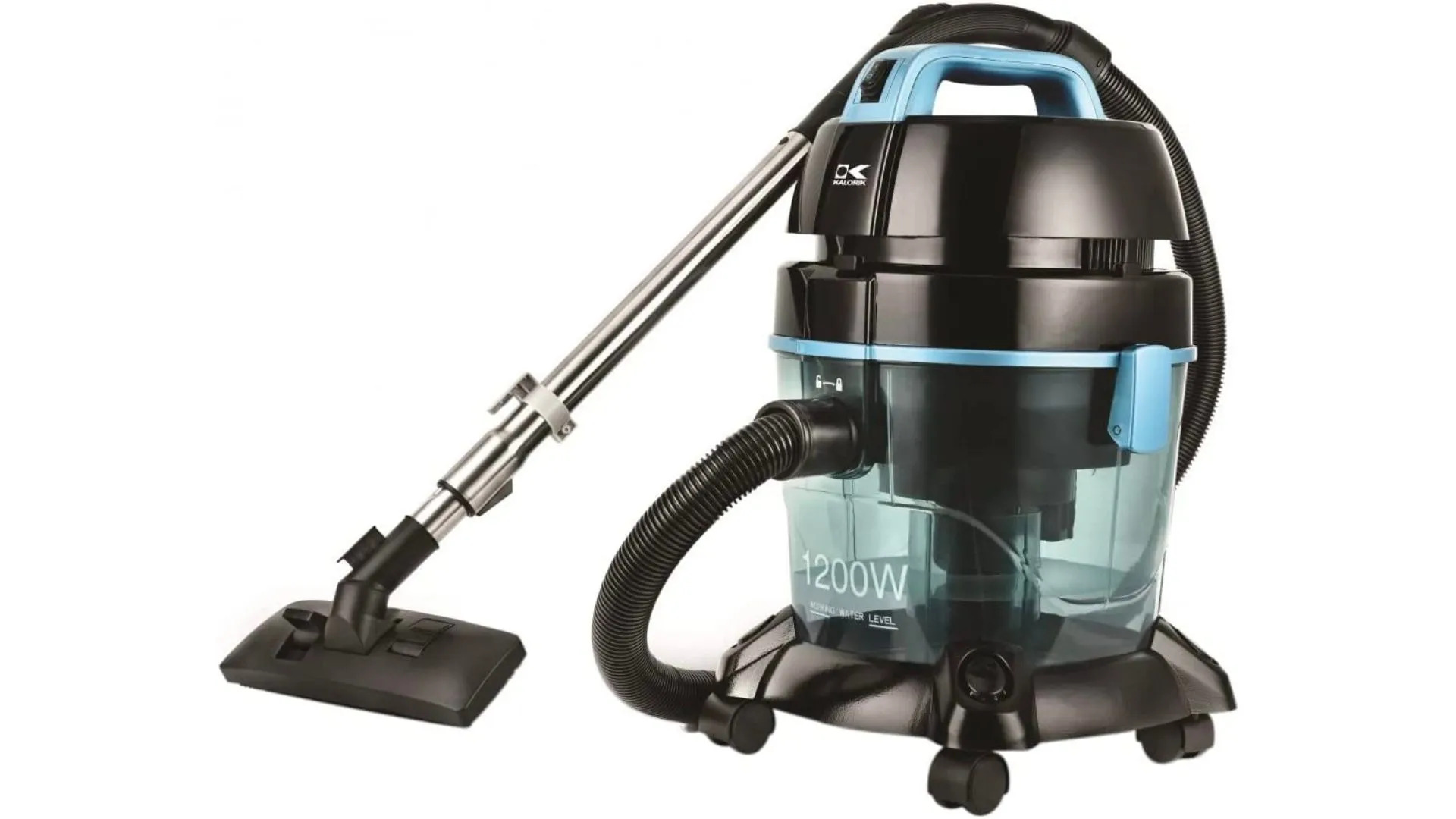
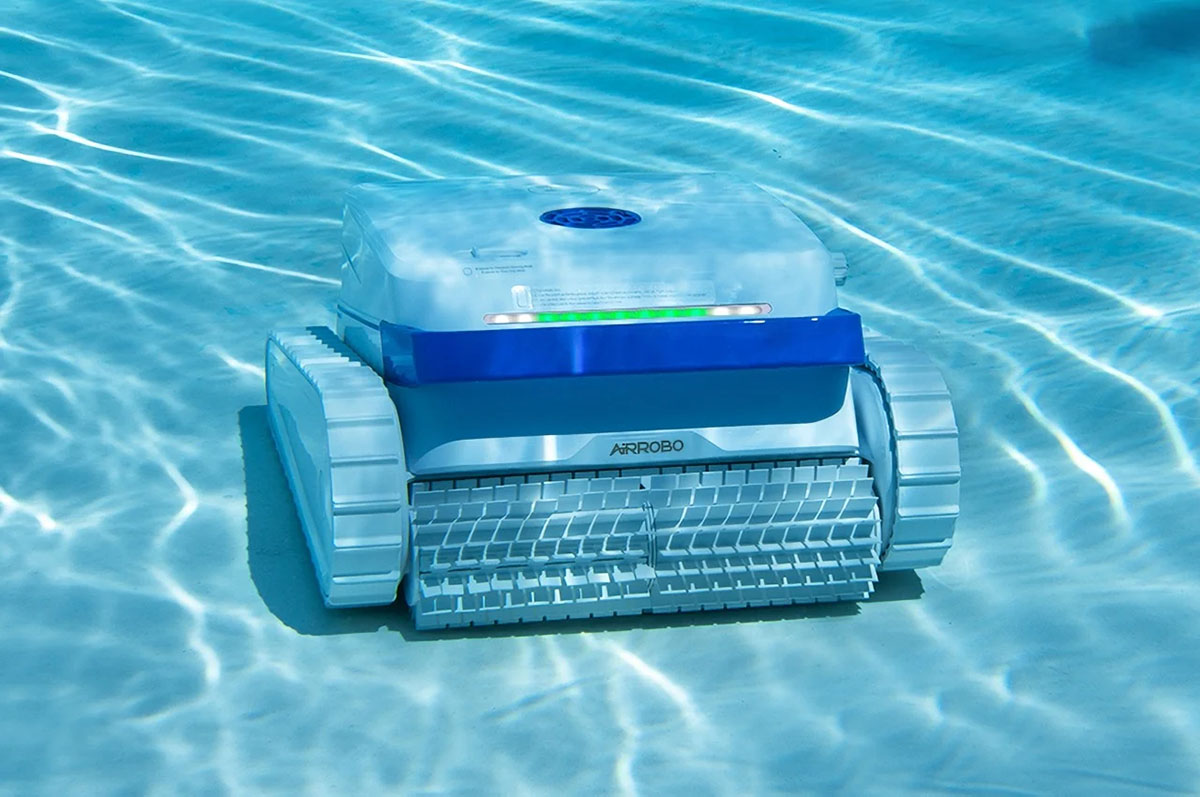
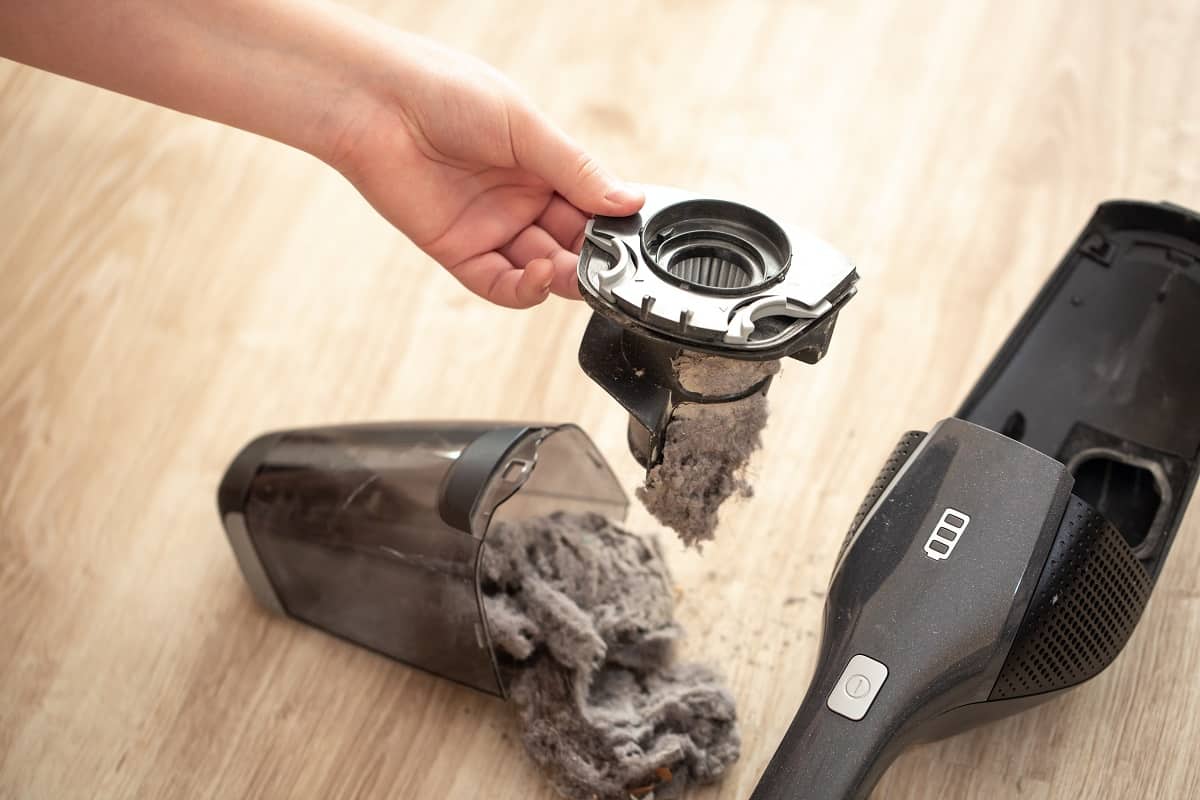
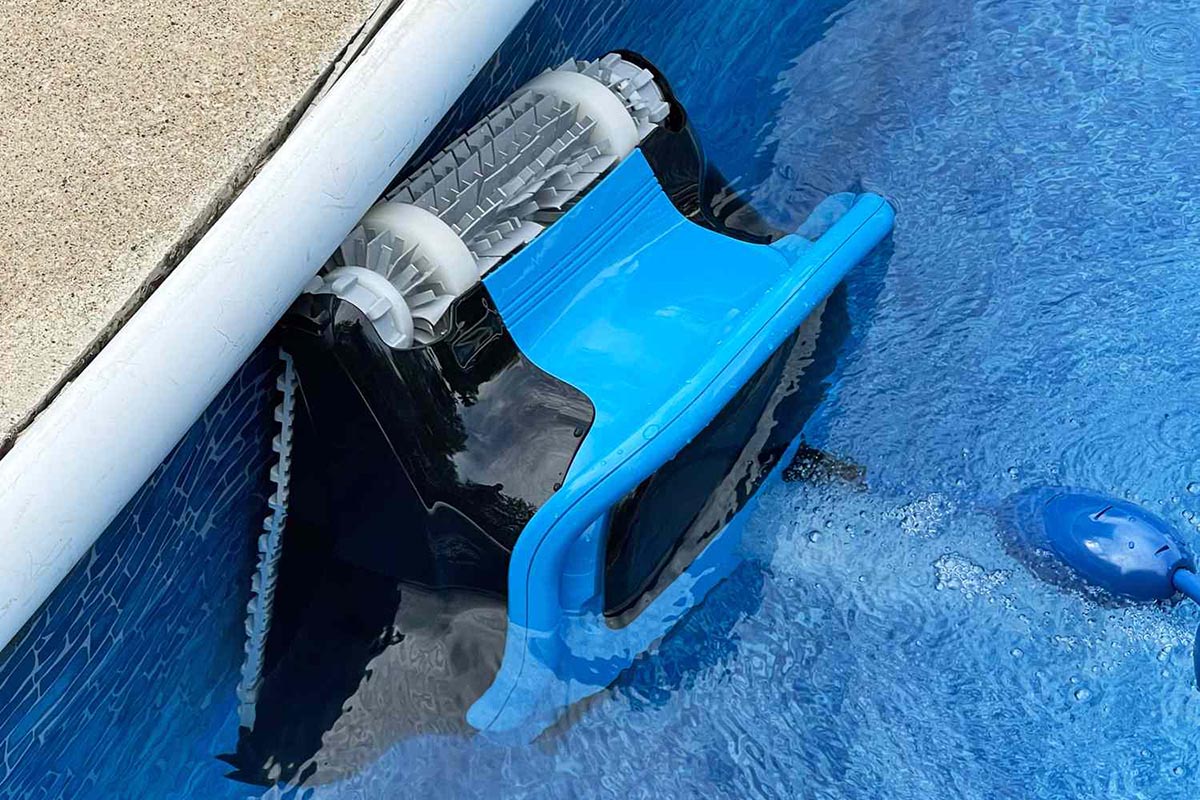
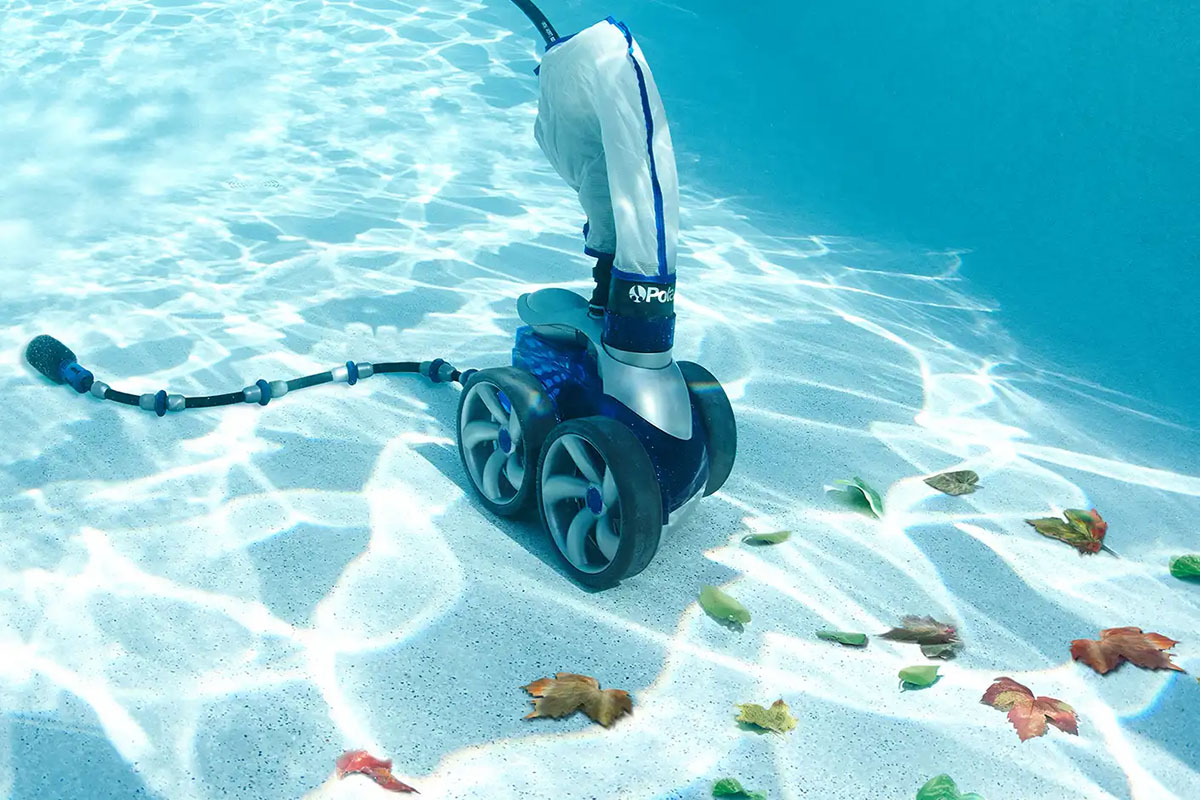
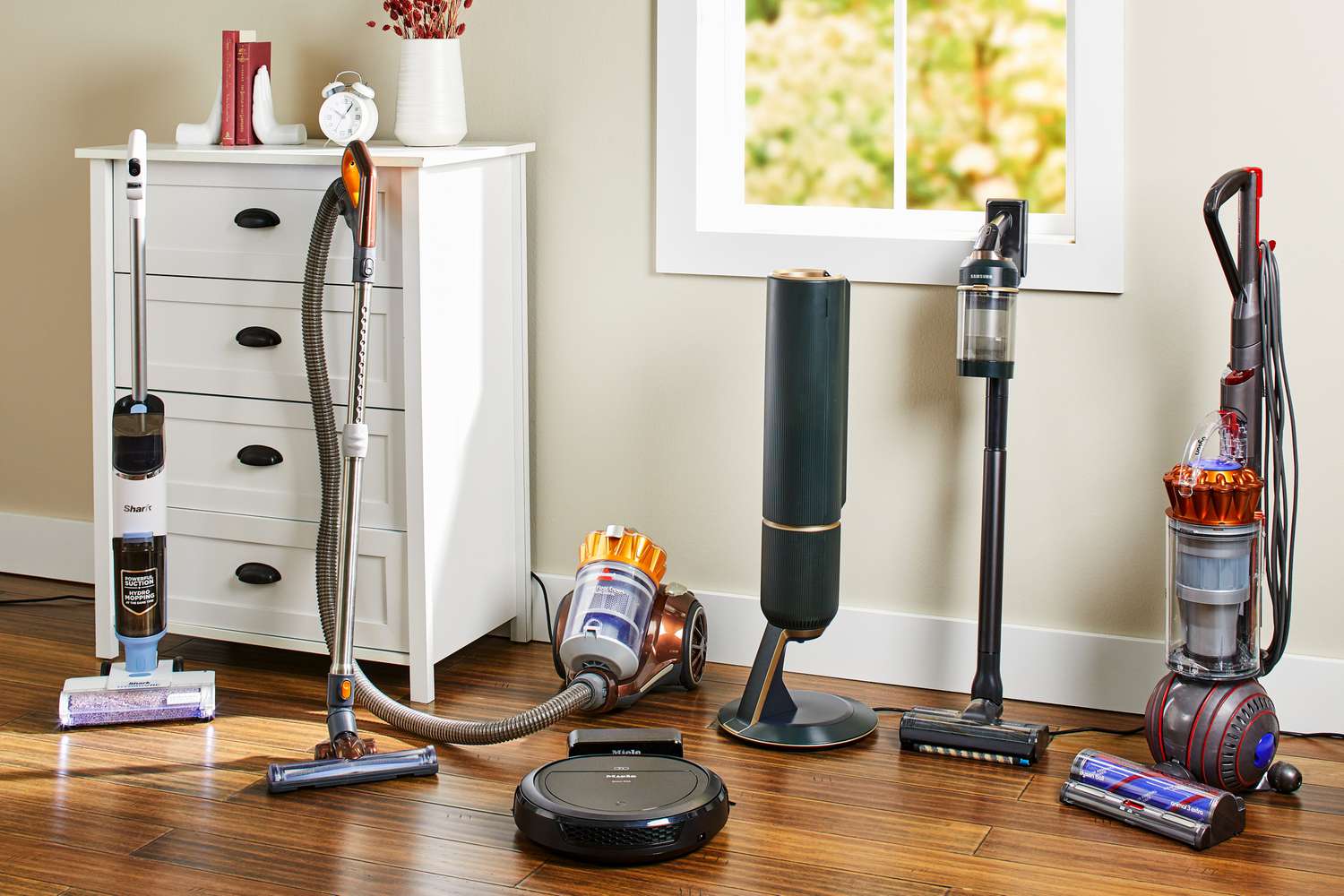
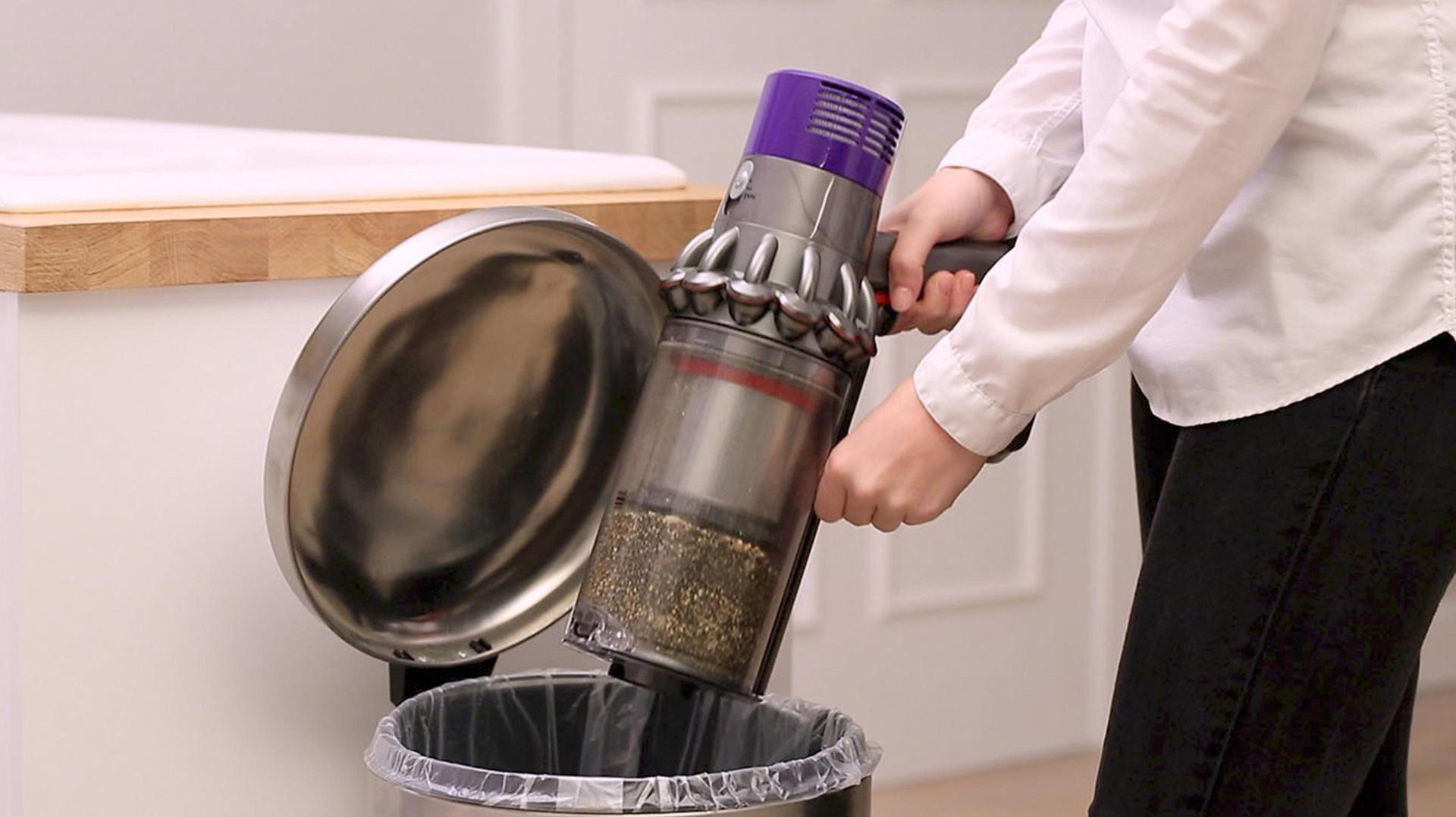

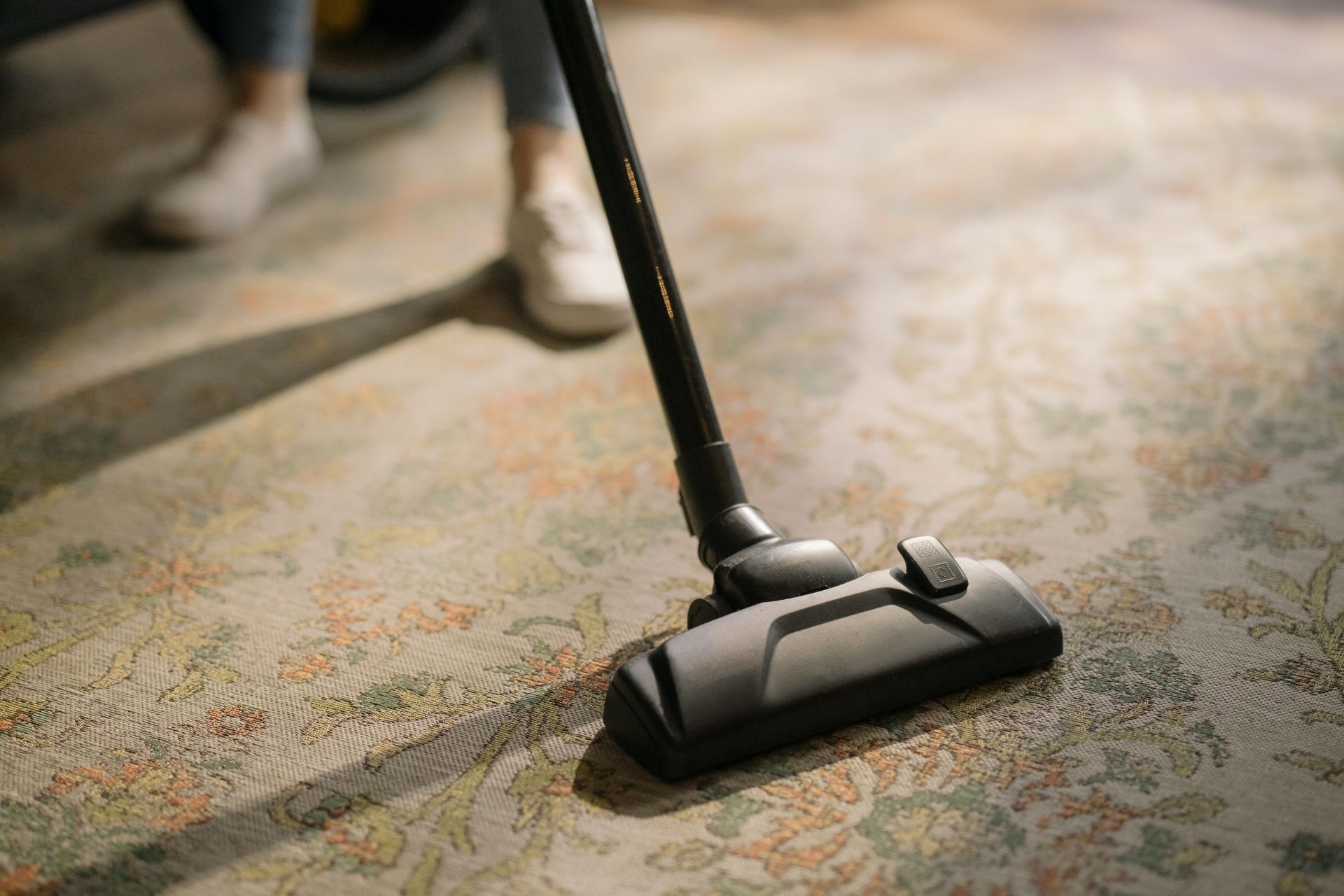
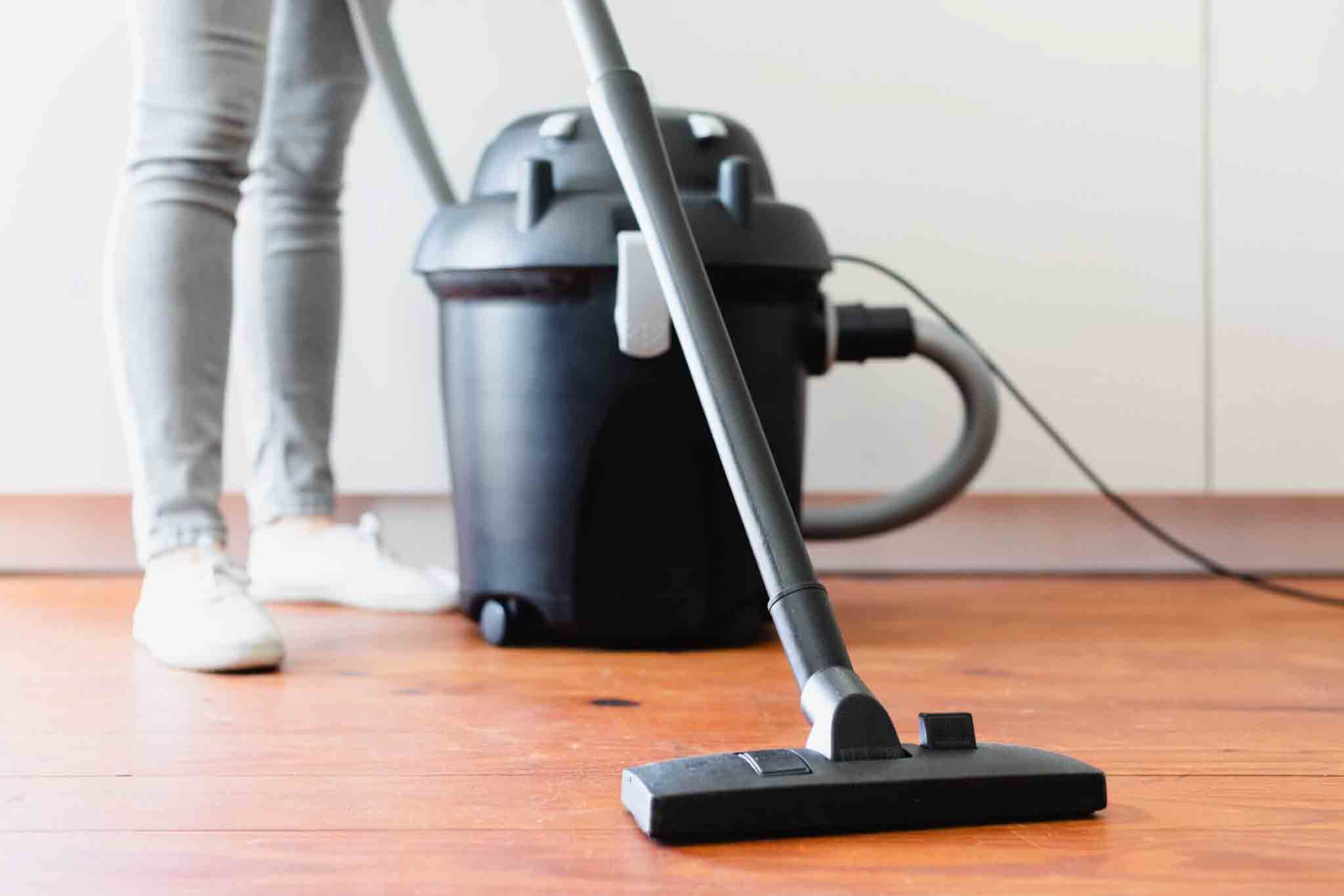
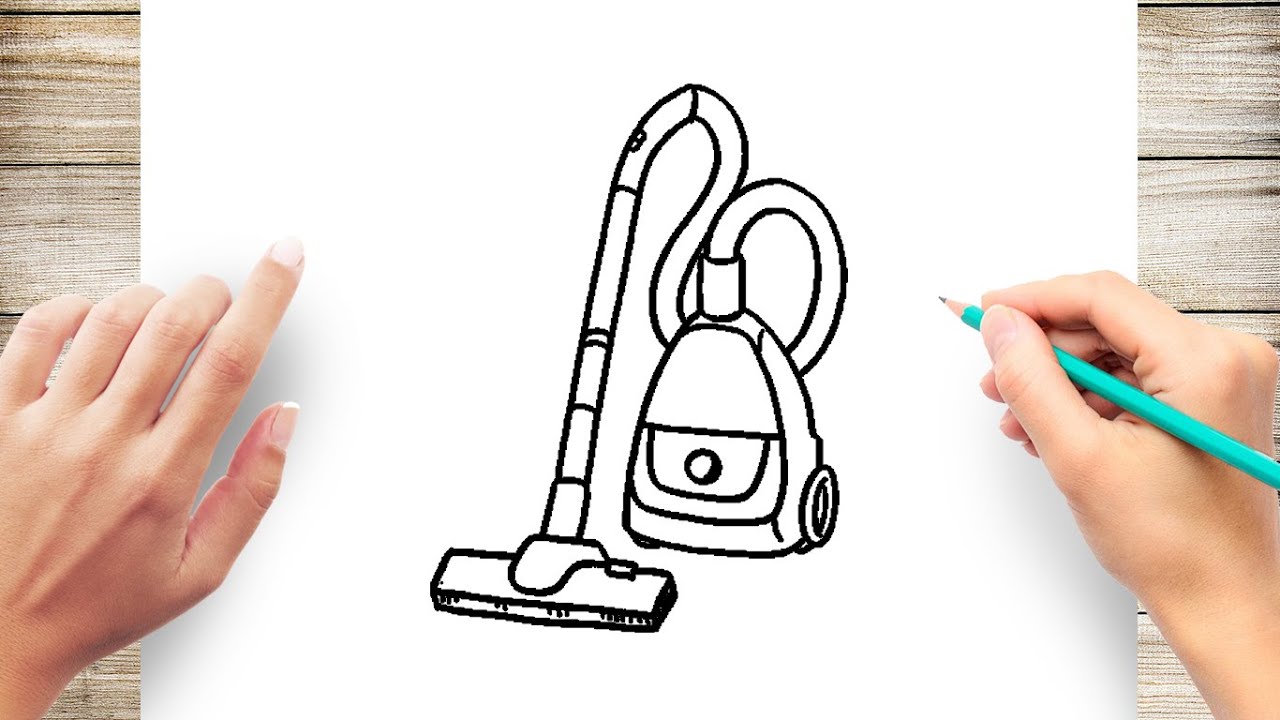
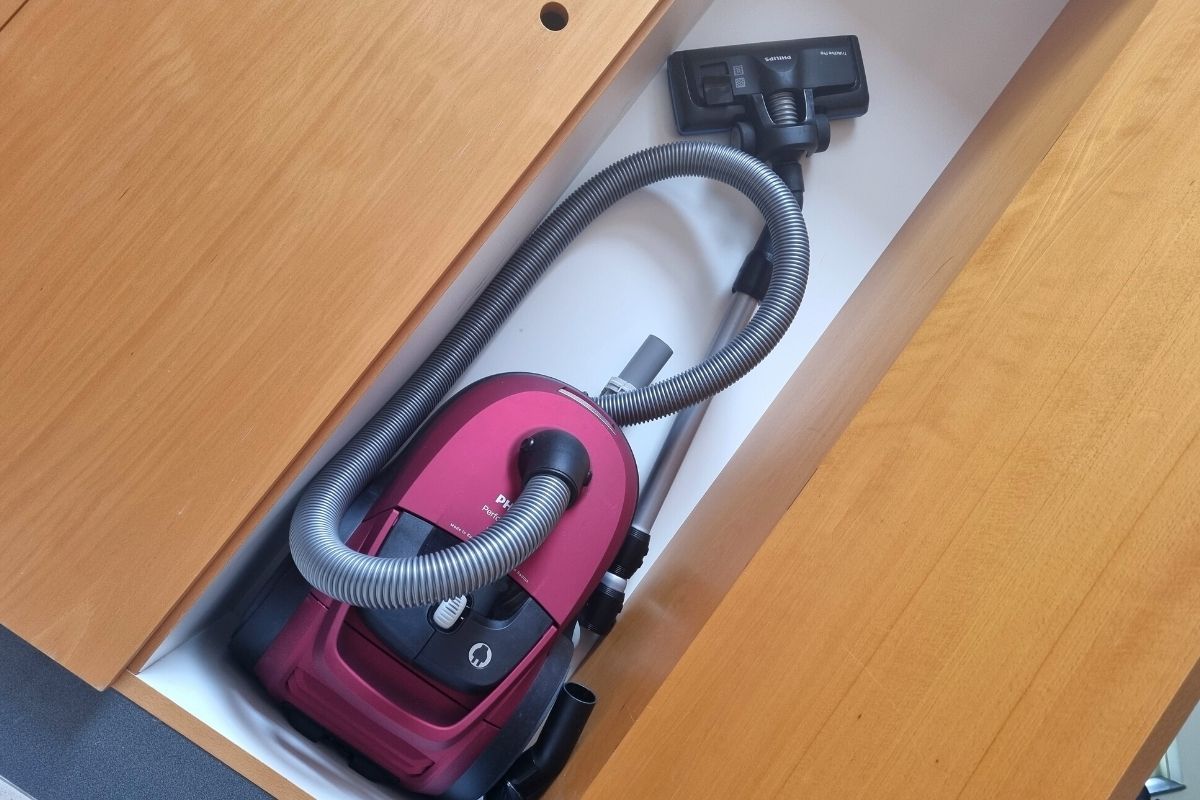
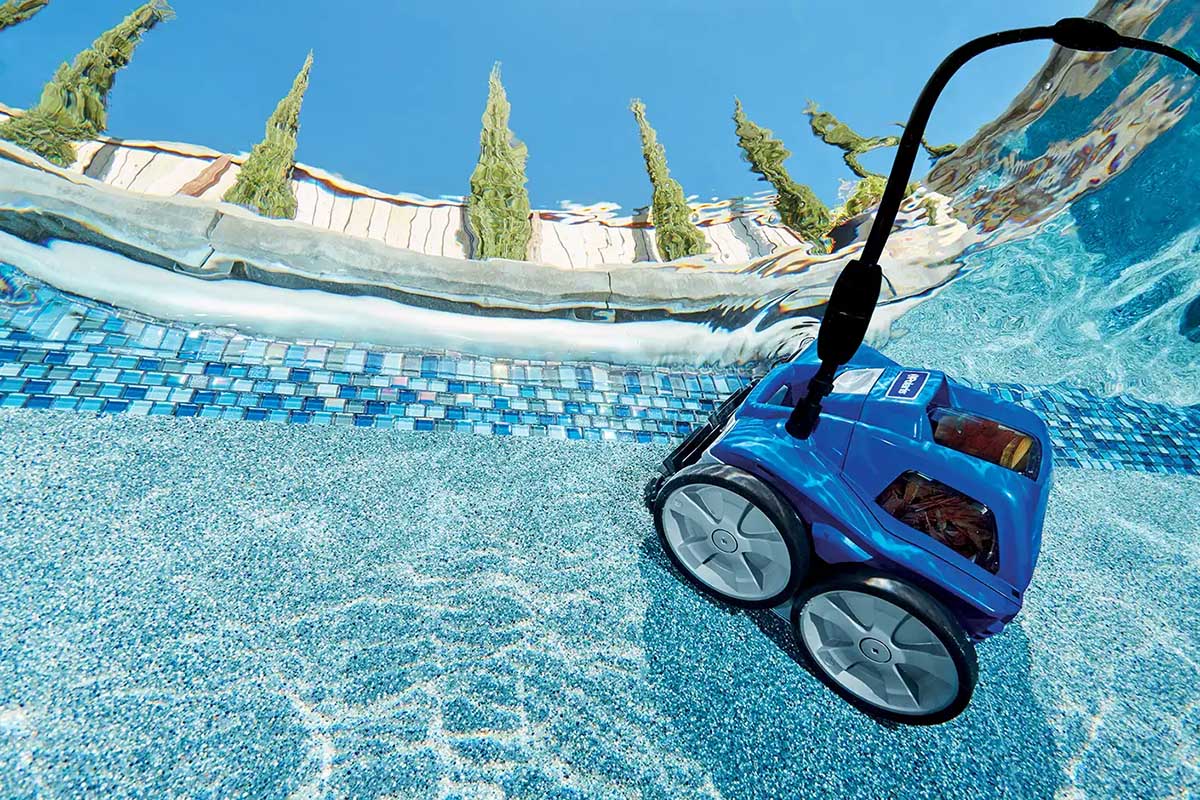
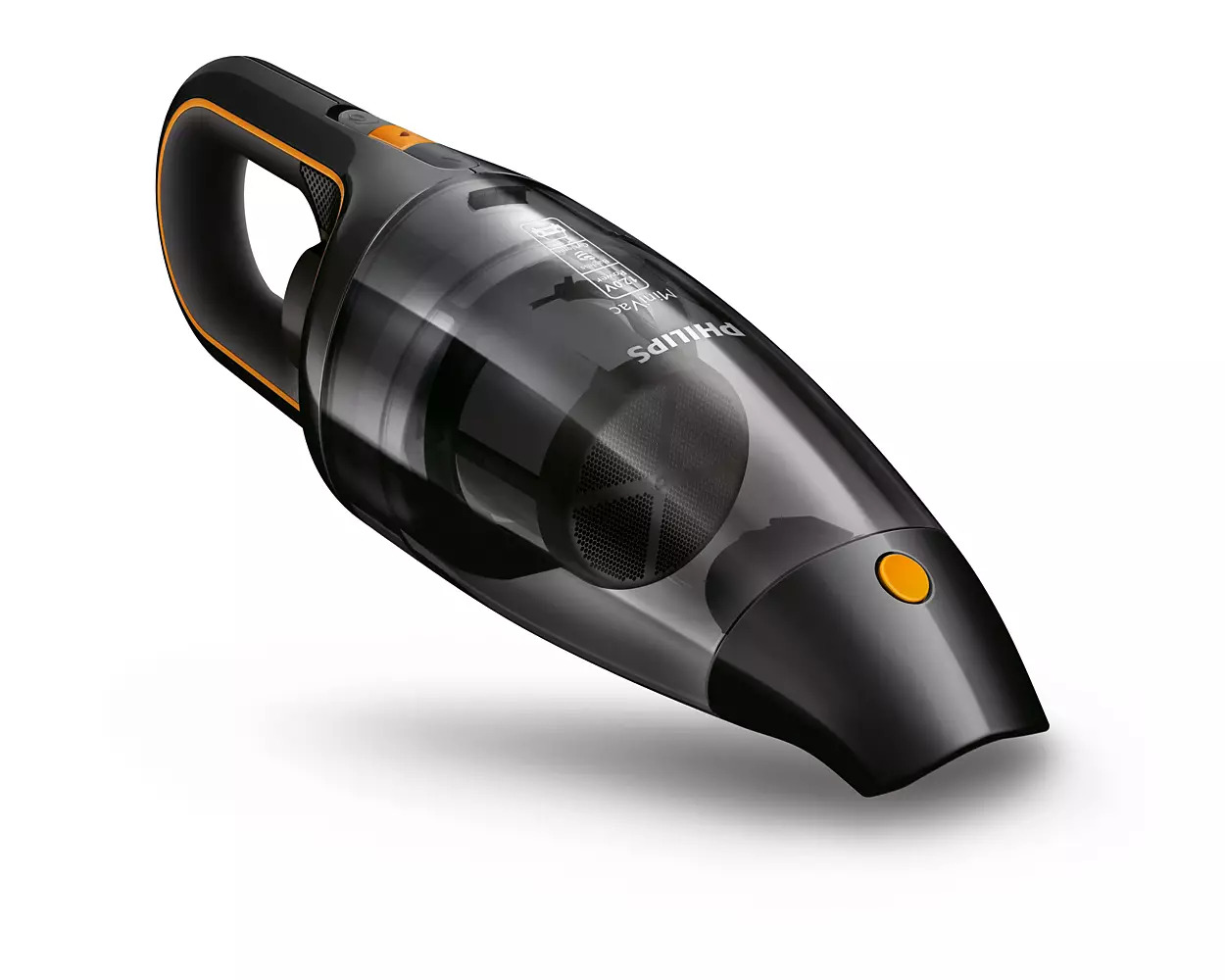

0 thoughts on “How Does A Vacuum Cleaner Work”